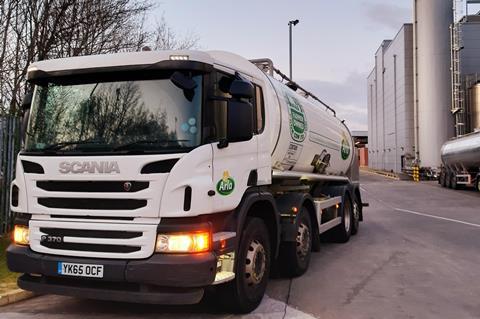
Arla Foods has hailed 2024 as a “strong year”, with profit and revenue both climbing on the back of positive growth from key brands and “effective cost management”.
The dairy co-op saw group revenues climb by 0.7% to €13.8bn last year, while net profit share of revenue rose from 2.8% to 2.9%, according to its 2024 annual results, published this morning.
A key driver of that growth was via strategic brands Arla, Lurpak, Puck, Starbucks and Castello, which together achieved a volume-driven revenue growth of 3.7%, compared with a decrease of 0.7% in 2023 at group level, its results showed.
Arla’s Fund our Future transformation and efficiency programme also “exceeded expectations” and achieved a net saving of €131m, up from of €114m in 2023.
Meanwhile, Arla’s UK business saw branded revenue up £89m (or 7.6%), largely driven by big gains for the Arla masterbrand (up 10%) and Lurpak (up 7.5%). Arla Protein saw revenues up 28.6% with Arla Skyr increasing by 21.5% in “a particularly strong year for Arla’s yoghurt brands”.
The dairy giant’s UK foodservice division also saw strong volume growth at over 22%, with strategic branded revenue growth finishing the year at over 17%.
This came despite controversy over Arla’s use of methane-reducing feed additive Bovaer towards the end of 2024 and widespread calls for a boycott of its products.
The annual results did, however, show the supplier’s UK business saw total UK revenues decline by 2.9% year on year. Arla put this down to “changes in the external landscape such as lower prices and overall milk volume declines, plus adjustments to private label volumes”.
But despite this fall in the UK, Arla said its overall group performance – which led to a net profit of €401m (up from €380m) and a second-highest performance price of 50.9 EUR-cent/kg at the farmgate – warranted its highest-ever dividend to its farmer owners. It is proposing a supplementary payment of 50.9 EUR-cent/kg as a result, totalling €292m.
“Arla’s strong results in 2024 are a testament to the dedication and skill of our farmer owners and employees,” said chair Jan Toft Nørgaard.
“Our competitive milk price and financial performance reflect our ability to navigate a complex market landscape effectively and deliver value to our stakeholders,” he added.
Arla Foods CEO Peder Tuborgh said: “I am delighted Arla Foods is performing well, and we see a high demand for dairy and our products in particular across the globe. The highest ever supplementary payment, along with a competitive milk price, reflects Arla’s financial strength.”
Sustainability projects ‘on track’
Arla’s performance on sustainability – questioned in a report co-authored by Greenpeace Nordic earlier this month – also improved, its results claimed. Scope 1+2 emissions were down by 4%, with scope 3 emissions down 1% and absolute emissions down by 3%.
It said its FarmAhead project, which provides Arla’s farmer-owners with essential tools to measure and advance their sustainability transitions also made progress, with the business “on track” towards 2030 climate targets.
Looking ahead to 2025, geopolitical turbulence were “expected to persist, and will require careful navigation, leveraging Arla’s co-operative strength and local food production capabilities”, it said.
But despite these challenges, consumer purchasing power was “anticipated to remain stable in 2025, following improvements in 2024 due to lower inflation and higher wages”.
Dairy demand, though, was expected to be influenced by consumer reactions to elevated dairy prices and ongoing geopolitical uncertainties.
Arla projects its 2025 revenue to range between €14.5bn-€15.3bn, driven by the high dairy price level, with profit share within the target of 2.8% to 3.2%.
However, the high price levels, combined with consumer uncertainty, are expected to pressure branded volume-driven revenue growth, projected at –2.0% to –1.0%.
“This range is subject to the balance of supply and demand dynamics throughout the year,” said Arla, which projects efficiencies for 2025 in the range of €90m-€110m.
“Our commitment to resilience and adaptability remains unwavering,” Tuborgh said. “By harnessing the strength of our co-operative model and focusing on sustainable practices, we are well-positioned to navigate the uncertainties ahead and continue delivering value to our farmer owners and customers.”

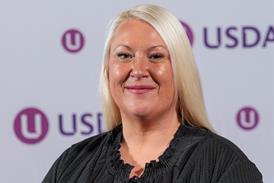
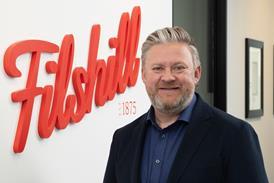

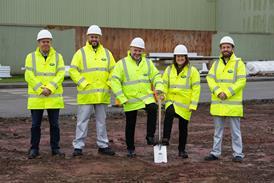
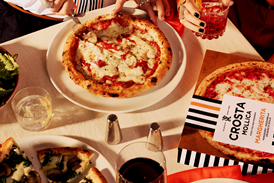

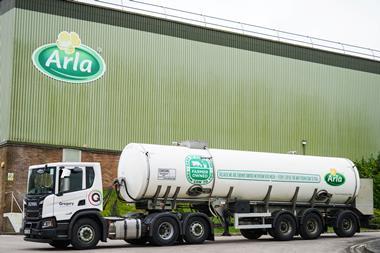
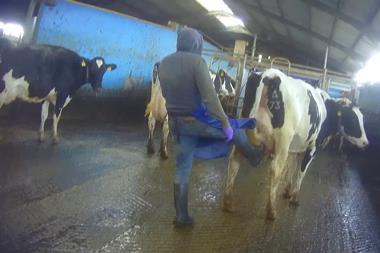
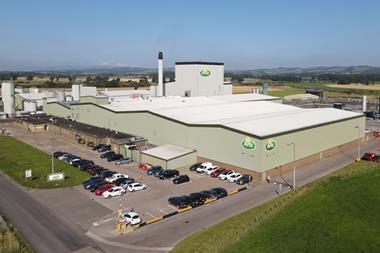
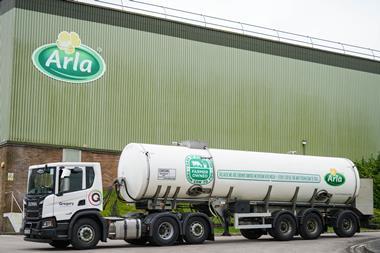
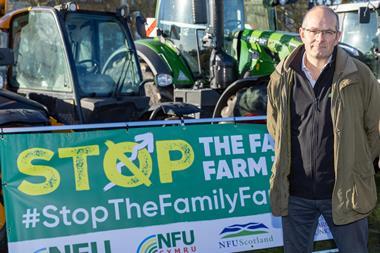
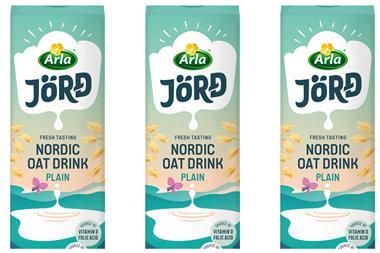
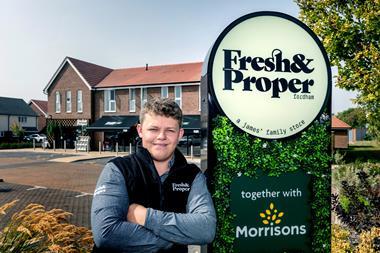
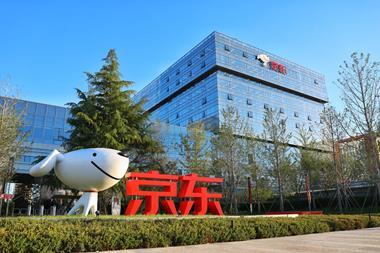




No comments yet